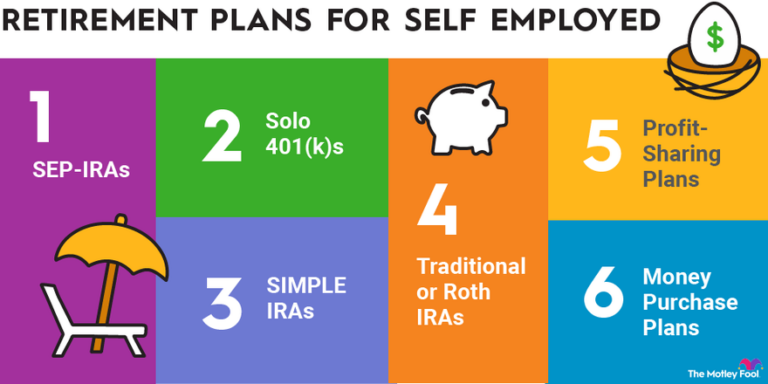How to Teach Kids About Finance: Setting the Foundation for Financial Literacy
Teaching kids about finance is one of the most important skills parents and educators can instill in children. Financial literacy is essential for navigating adulthood, yet many adults struggle with money management because they weren’t taught the basics as children. By introducing kids to finance at a young age, we can help them develop healthy financial habits, understand the value of money, and set them up for success in the future. In this article, we’ll explore practical ways to teach kids about finance, ensuring they grow up with a solid understanding of budgeting, saving, and investing.
Start with the Basics: Introducing the Concept of Money
Before diving into complex financial topics, it’s important to start with the basics. Kids need to understand what money is and how it works. Begin by explaining how money is earned, saved, and spent. Use real-world examples that are relevant to their lives like how they receive an allowance or how money is used to buy things they enjoy. Incorporate hands-on activities such as playing with play money or setting up a simple “store” at home to help them grasp the value of different denominations and the concept of earning money through work. This early exposure to money will set the stage for more advanced financial lessons later on.
Teach Kids the Importance of Saving and Budgeting
Once children understand the basics of money, the next step is to teach them about saving and budgeting. Introduce the concept of saving by giving them a savings jar or setting up a bank account where they can deposit part of their allowance. Encourage them to save for specific goals, whether it’s a toy, game, or a special outing. This helps them understand delayed gratification and the value of setting aside money for future needs.
Budgeting can be introduced by giving kids a small amount of money and letting them plan how to spend it. Teach them the importance of allocating money for different categories like spending, saving, and giving. Use visual aids like charts or apps designed for kids to track their spending and savings goals. This simple exercise teaches financial responsibility and the importance of managing money wisely.
Explain the Concept of Wants vs. Needs
Understanding the difference between wants and needs is a critical lesson in personal finance. Help children understand that needs are essential for survival, such as food, clothing, and shelter, while wants are things we desire but don’t necessarily need, like toys or entertainment. Discussing this concept helps kids prioritize their spending and make smarter decisions with their money. To reinforce this idea, you can create a list with your child, categorizing items as “needs” or “wants” and helping them evaluate what they truly need versus what they simply want.
Introduce the Concept of Earning Money Through Work
As children grow older, teaching them about earning money becomes essential. Start by giving them simple tasks around the house, such as doing chores or helping with gardening, in exchange for money. This will help them understand the connection between work and income. You can also introduce the idea of entrepreneurship by encouraging them to sell homemade crafts, baked goods, or offer services like dog walking or babysitting. This hands-on experience teaches kids the value of hard work and the effort required to earn money, which is a critical financial lesson as they grow.
Teach Kids About Giving Back: The Importance of Charity and Sharing
Teaching kids about money isn’t just about saving and spendingit’s also about giving back. Encourage your child to donate a portion of their savings to a cause they care about. This teaches generosity and helps them understand that money can be used to make a positive impact on others. You can also involve them in charitable activities, such as volunteering or participating in a fundraising event. Giving is an essential part of financial literacy that will help children grow up with a sense of responsibility and empathy for others.
FAQs
- At what age should I start teaching my child about finance? You can begin teaching your child about money as early as age 3 by introducing them to the basics, like identifying coins and bills, and progress to more complex concepts as they grow older.
- How can I make learning about finance fun for my child? Use games, activities, and apps designed to teach kids about money, such as setting up a savings jar, playing store, or using interactive financial tools to make learning fun and engaging.
- How can I teach my child about saving and budgeting? Start by giving your child a set amount of money and helping them allocate it for spending, saving, and giving. Use tools like a savings jar or a digital app to track their progress and encourage them to save for specific goals.
- What is the difference between wants and needs? Wants are items we desire but don’t necessarily need, such as toys or treats, while needs are essential for survival, like food, clothing, and shelter. Teaching kids this distinction helps them prioritize their spending.
- How can I teach my child about earning money? Give your child simple chores to do around the house in exchange for money, or encourage them to start small businesses or offer services like dog walking. This teaches them the relationship between work and income.

